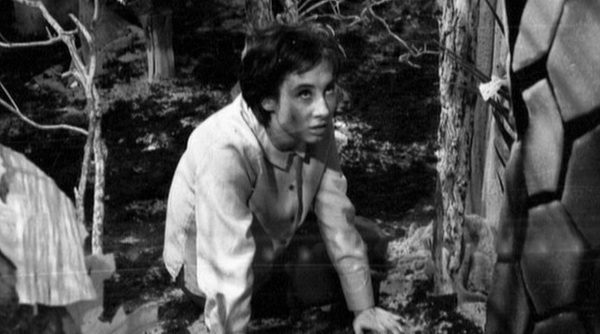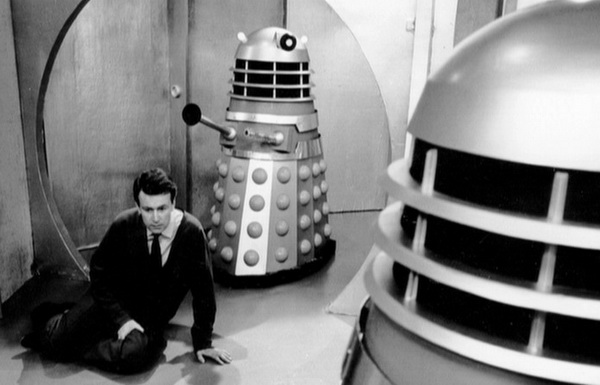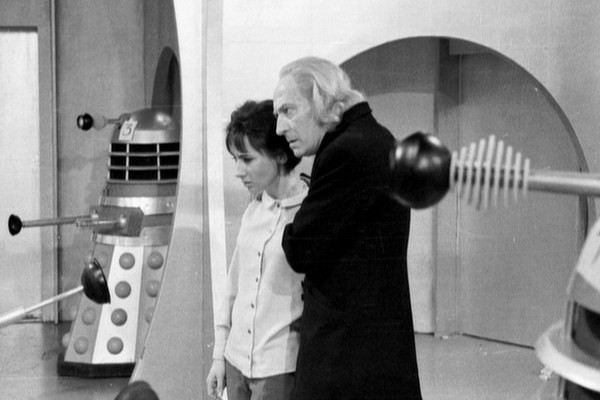|
| ||
|
PRODUCTION CODE B
WRITTEN BY TERRY NATION
DIRECTED BY CHRISTOPHER BARRY & RICHARD MARTIN
RATINGS 9.0 MILLION
WORKING TITLES THE MUTANTS, THE SURVIVORS & BEYOND THE SUN
RECOMMENDED PURCHASES 'THE BEGINNING' DVD BOX SET (BBCDVD1882) RELEASED IN JANUARY 2006;
AND BBC AUDIO CD (ISBN 0-563-527-293) RELEASED IN MARCH 2005.
BLURB The TARDIS lands in an ALIEN, petrified jungle, beyond which lies A mysterious, deserted city.
The Doctor insists on exploring, but before long the TARDIS crew all begin experiencing the early effects of radiation sickness, BEFORE DISCOVERING THAT the metal city isn’t as deserted as they first thought...
|
| |
|
|
|
|
|
The Daleks 21ST DECEMBER 1963 - 1ST FEBRUARY 1964 (7 EPISODES)
1. THE DEAD PLANET 2. THE SURVIVORS 3. THE ESCAPE
4. THE AMBUSH 5. THE EXPEDITION 6. THE ORDEAL
7. THE RESCUE
Many people will purchase The Beginning DVD box set purely to get their hands on this legendary serial. It’s safe to say that without these seven peerless episodes, Doctor Who would have been nowhere near as successful as it ultimately proved to be, and it most certainly would not be in the middle of its twenty-eighth year of production as I write this. In fact, it might not have made it beyond its first thirteen episodes.
But who actually created the Daleks? I recall watching the results of a competition on Blue Peter that posed this very question, with hilarious results: Jon Pertwee was on hand to pull the winning entry out of a sack, yet every entry he pulled out was incorrect, in a manner of speaking. “Davros” - no. “Davros” - wrong again. Amusing as it was to watch, it really got me thinking. Who actually created the Daleks? Davros? Shan? Ray Cusick? Terry Nation? Verity Lambert? Adolf Hitler? In truth the Daleks were a collaboration. Without Terry Nation’s bold script, Ray Cusick’s incredibly alien design and Verity Lambert’s brave support, the Daleks would not have been possible and I would not be sat here, more than forty years later, writing this DVD review.
By today’s standards The Daleks itself is not really up to much. The black and white story is hindered by a lack of time and money that often shows on screen, and even Nation’s script is padded to the hilt, leaving us with a tediously slow adventure. However, considering the resources available to them, the fact that Verity Lambert and her team were able to accomplish so much with this story speaks volumes about them. It may not be polished, but who can forget those moments that have become part of the very fibre of our culture? Moments like Barbara being menaced with that sink-plunger in “The Dead Planet”’s cliffhanger and the first time we heard that infamous modulated shriek - “EXTERMINATE!” - will live forever.
“What’s he talking about? Doctor Who?”
The Daleks are introduced as the mutated remains of a once humanoid species, although at this point Nation clearly had not fleshed out the whole Genesis of the Daleks back story, and so the serial does contain one or two potential inconsistencies when compared with the Skarosian history established later in the series. The word ‘Kaled’ is not so much as mentioned (though ‘Dal’ is), and curiously these Daleks run on static electricity rendering them prisoners of their own city. The first half of the story also reveals to us, for the first time, a Dalek mutant lurking within its casing, though without the time and money of today’s show, all that we see of the mutant is a menacing claw…
The second half of the story focuses more on the Thals as the Doctor and his companions try to muster a fighting force against the Daleks so that they can retrieve the TARDIS’s fluid link. Whereas Nation spent the first few episodes of the serials focusing on the ideals of Nazism, in the second half of the story he looks more towards the pacifism of the Thals. There is a very memorable scene where Ian deliberately provokes one of the Thals into punching him, just to prove to them that there are things that they will fight for. Powerful stuff, even today.
In comparison to the rest of the story though, The Daleks’ ending
feels rushed and it is most disappointing to see the Daleks thwarted quite
so easily. Here the Daleks are a far cry from the stuff of nightmares that
they will eventually become, but they are still the Daleks, and
this seven-part adventure is without question a priceless piece of
television history.
|
||
|
Copyright © E.G. Wolverson 2006
E.G. Wolverson has asserted his right under the Copyright, Design and Patents Act 1988, to be identified as the author of this work. |
||
|
The first Dalek story, which goes by more names than it has episodes, is the story that has appeared in the most different formats in the whole history of Doctor Who. Redone with Peter Cushing as the first cinematic outing for the series, with the film then adapted into both comic book and radio form, it was also novelised, back in 1964, mere months after the serial’s initial transmission. It was the very first in what would become a long line of Doctor Who novels. Here, the novelisation gets the audio book treatment, starting off a new range for the BBC and bringing the story to yet another format...
Billed here as Doctor Who and the Daleks – the later, standardised title used for the 1973 Target edition, replacing the earlier, more florid Doctor Who in an Exciting Adventure with the Daleks – this novelisation alters the original storyline in a number of ways. Many fans are familiar with these changes, which set the book in its own little universe, away from the rest of the show’s vast continuity. An Unearthly Child clearly wasn’t considered gripping enough for the novelisation treatment back in 1964, so the principle characters are introduced here, in a new set-up. Each of the characters undergoes a change, some more so than others. They meet, not in the junkyard at Totter’s Lane, but on a fog bound Barnes Common. David Whitaker, a man with a very shaky grasp of the basics of science, nevertheless could write a cracking science fiction story. From the beginning, on that foggy night, events are described in rich prose. Naturally, some of the references seem old-fashioned, but this simply adds to the charm of the piece. Whitaker’s decision to recount events in the first person, as told by Ian, also gives the story a feeling of reality that it otherwise may have lost, and also makes it perfect for the audio treatment.
“…Doctor Foreman?”
So many years after last performing in the role, William Russell returns as Ian Chesterton to tell this tale, unabridged over five and a half hours. Certainly, he sounds different, as one would expect, but his slightly creaky older voice gives the story the feel of a man’s genuine memories, a story from long ago in his life being recounted to us personally. Russell reads beautifully, and slips back into character as Ian with ease, often sounding astonishingly like he did back in the day. With Ian telling this story, we are given insights into his character, some of which are strikingly different from the version we know from the series itself. For starters, he’s scientist, not a teacher, and a heavy smoker to boot – the yearning for a fag to relieve the tension of the adventure is rarely far from his mind. He’s a randy old sod, too – we’re privy to his thoughts as he sizes up every female he meets, be it Susan, Barbara or the Thal Dyoni. He’s a tough, resourceful man, one who gets on with things in spite of the bizarre situation he finds himself in.
Barbara is almost unrecognisable. With Coal Hill School out of the picture, she is recast as a private history tutor, schooling Susan as a sideline to her secretarial day job. She’s a much harsher character than expected, actually quite unpleasant on occasion, and takes exception to Ian far more than to the Doctor, which you’d feel was more likely in view of the television version. The romance between her and Ian, which was very subtle and impossibly slow-burning on television, is brought to the fore here, albeit through Ian’s all but closed eyes. Unfortunately, she reacts in a clichéd, bitchy kind of way, angry with herself for falling for that kind of man, and becomes an irritating character for much of the novel’s latter half.
Once on Skaro, events proceed much as we are familiar with them. Whitaker clearly enjoys bringing the planet to life, giving evocative descriptions of the land and the city. The Thals are given more depth than on television – there’s no way that they could be called deep, but they are more than the entirely two-dimensional ciphers of before. The Daleks are the cold, rather than essentially evil, scientists of the original adventure. When this was written, the pepperpots had yet to become the vast galaxy-conquering force we know of today. The Dalek creatures are here described in skin-crawling tones, green slime-covered, withered sub-humanoids. We even get a glass Dalek as their commander, although why the Daleks should want to build a glass casing, I really do not know. Nonetheless, it’s a very cool image. The later parts of the story diverge a little more from the original, mostly because the first person style precludes our following the Doctor and Susan when they part company with Ian and Barbara. The final battle is beefed up, told with more excitement than it was shown with on television.
Overall, the novelisation is a cracking read and just as good a listen. It’s easy to stick on one of the CDs and find yourself through the two chapters and ready for the next before you know it. As with its brother releases, The Crusaders and The Zarbi, which accompany it in the “Travels in Time and Space” tin set, the cover sports Chris Achilleos’ classic Target cover illustration. Alternative covers are displayed inside, albeit on a rather small scale, including the frankly odd White Lion hardback cover, featuring Tom Baker’s face. Internal illustrations by Arnold Scwartzman are also included, although it’s a shame that Peter Archer’s superior artwork from the 1965 Armada edition weren’t included as well.
The release is rounded off with a brief but enjoyable interview with William Russell, in which he reminisces about working on the original serial and offers his thoughts on this adaptation.
Recommended.
|
||
|
Copyright © Daniel Tesier 2009
Daniel Tessier has asserted his right under the Copyright, Design and Patents Act 1988, to be identified as the author of this work. |
||
|
The producers must have breathed a sigh of relief. After the culture shock of leaping from 1963 to 100,000 BC, the audience hung around for the next story (or at least 5-6 million of them). They needed to capitalise on that success, to add a new even more dangerous futuristic element to really draw even more viewers in. Get your thinking caps on lads...
The producers of our fine show certainly did think out this first season well and with this second story they had already shown just how diverse the show would be. Whilst the first episode is quite similar that of An Unearthly Child (in that it conveys a rather comfortable domestic atmosphere and is set mostly in the TARDIS, getting to grips with the characters) the rest of serial is so uncomfortably different to anything viewers had seen before it is no wonder the show was the talk of the country.
The Daleks really kicks into gear once we are treated to the effects shot of the regulars discovering the city at the edge of the forest, technically this is quite superb and the mystery of a gleaming, seemingly dead city at the heart of a petrified world is impossible to resist. It captures the feeling of the unknown, of terrors beneath better than any other Doctor Who story since. It is designed to the hilt to suggest humans do not reside inside, the city is a superb and frightening location of curved doorways and electronic eyes, little gestures that aliens live here and they are watching. The black and white photography generates and mood all of its own and the tense scenes of Barbara trapped inside this oppressive metal cage linger in your mind. Barbara pinned to the wall in terror as a strange alien arm moves closer is still one of cheapest and yet perfectly thrilling cliffhangers they ever managed and her encounter is only such a shock because of the twenty-five minutes build up. A larger audience next week was assured.
Strange metallic beings, sharp sticks and bumps, eyes stalks swivelling to watch. Pulsing lights... it is easy to see why the Daleks captured the public so quickly. They look fabulous, the lighting is so good they positively glow and that inhuman design still captures the eye today. My Godson adores my Dalek toys, he’s only 16 months but he runs his hands all over the sticks and bumps, trying to figure out what he is holding! They are menacing badasses from the word go, shooting down Ian for trying to run, locking them into a cell. I just love the way their eye lens grows and shrinks, exuding emotion.
Their backstory continues the shows strength at not patronising its core audience. Nuclear war, mutations, claustrophobic survival within a metal shell, this is all fascinating stuff and has more than a touch of Cold War paranoia to it. It is proof that the meat wasn’t all left to the Hartnell Historicals; the weight of backstory on Skaro is every bit as weighty as Marco Polo’s journey or the horror of The Aztecs.
It is just close enough to the beginning of this unpredictable show for us to take a moment and wonder if our friends will survive their radiation sickness. The regulars’ performances are terrifyingly real, especially Russell’s sweaty anger and Hartnell’s delirious rambling. Susan’s journey back to the TARDIS is suitably scary: all bangs, flashes and alien noises, made all the more exciting because of the stakes if she doesn’t return with the drugs. The cliffhanging shot of her having to face the horrors of the forest again; lightning causing the entire console room to glow, is another very memorable visual. The pace is non-stop now, terrific action / adventure as the Doctor and his friends try and escape the Daleks and warn the Thals that they are about to be slaughtered by the Daleks. Scenes of them all working together to deactivate the Dalek and their lift shaft escape sees the regulars starting to gel beautifully. The music in the scenes where the Daleks wait quivering with excitement in their alcoves waiting for the killing to begin is excellent. And don’t you just love it when the Dalek turns on Ian and blisters away the wall with its firepower? Shame he doesn’t think to warn them a bit sooner, but hey but then he is having a bad day. After their escape Terry Nation subverts our expectations by convincing us the story is over, even with nothing resolved. Such was my excitement during the escape the city scenes I forgot all about the fluid link. It’s another sterling cliffhanger, superbly executed.
The remaining three episodes do not reach the same levels of excitement as the first three, but I think that it would have been impossible to maintain the adrenaline for the equivalent of another new series two parter. Personally I feel the story would have been a healthier six- parter, but it drags at seven with The Ordeal nothing but pure padding and at times painfully slow padding. However there are still some outstanding moments scattered about that are well worth a mention.
Ian and Barbara’s journey along the river to the Dalek city is fraught with tension; screams pierce the banks and disgusting mutants rise from the water to scare the crap out of the kiddies (and me). It is only when they move inside that things get sluggish; the scenes of the travellers jumping over the ravine go on forever. Barbara’s development continues as she gets a dishy love interest and despite their unspoken feelings Ian doesn’t even batter an eyelid! William Hartnell seems to relish the chance to soften his character and show of the Doctor’s intelligence and wisdom in working with the Thals and his relationship with Susan is boosted by a very natural chemistry he has with Carole Ann Ford.
Their two pronged attack is successful despite a few bumps (there is a truly startling moment where the Doctor and Susan are suddenly surrounded by Daleks as the lights are lifted) and the conclusion to this epic adventure can only be described as a mixed success. The action itself is plodding and unconvincing but the threat of nuclear attack is very convincing. What’s more I adore the Dalek on the verge of death, bled of power, begging the Doctor to save it with Hartnell looking pained and unable to look at the creature. Lovely moments that make the world of difference.
Taken as a whole
The Daleks is a slick, confident and atmospheric story and it never
once suggests it is the struggling steps of a brand new show. Our regulars
have fallen into their roles with aplomb and the relationships are every
bit as fascinating as the story going on around them. You have what is
probably the most convincing science fiction world the show brewed up (so
good they returned there ad nauseum) and some delicious set pieces.
By the end of this story ten and a half million people were watching and a
British phenomenon had been created.
|
||
|
Copyright © Joe Ford 2010
Joe Ford has asserted his right under the Copyright, Design and Patents Act 1988, to be identified as the author of this work. |
||
|
Unless otherwise stated, all images on this site are copyrighted to the BBC and are used solely for promotional purposes. ‘Doctor Who’ is copyright © by the BBC. No copyright infringement is intended. |
||

.jpg)


.jpg)
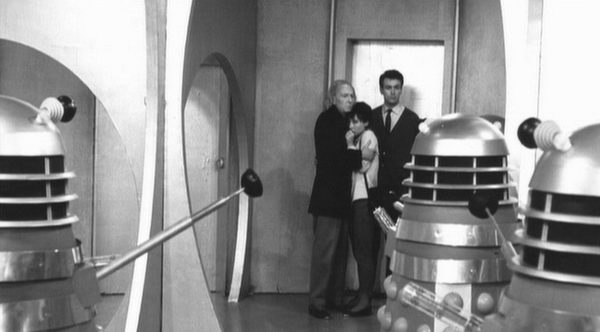

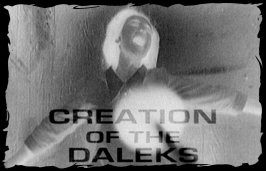

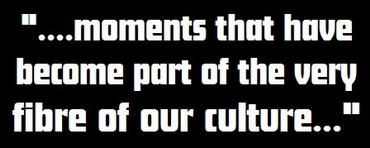
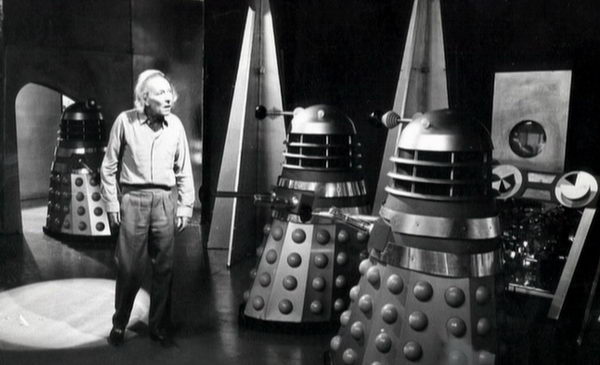


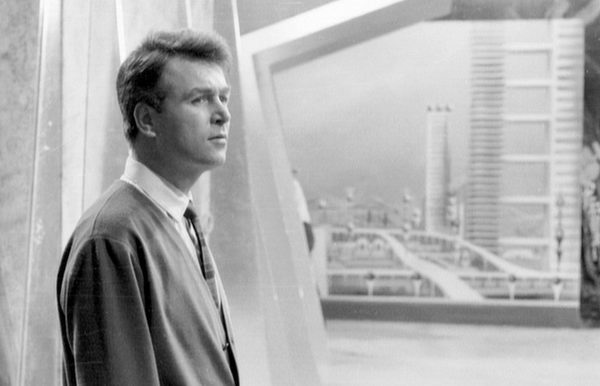
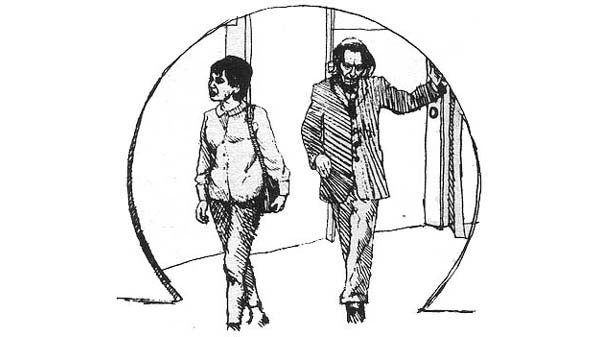
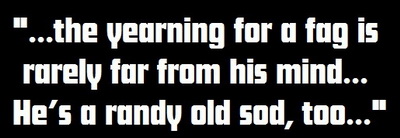 The Doctor and
Susan are more like their television counterparts. Susan is almost
identical, but less whiny; she never reaches the level of annoyance that
she often would on television. The Doctor, although he begins very much
like the harsh, vindictive old crow that we
saw in series
The Doctor and
Susan are more like their television counterparts. Susan is almost
identical, but less whiny; she never reaches the level of annoyance that
she often would on television. The Doctor, although he begins very much
like the harsh, vindictive old crow that we
saw in series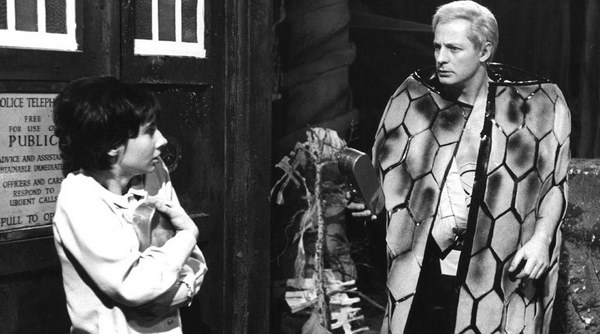

 I
love the first episode; it is a typical example of
television of the time. It is in no hurry
to get to the main story and content to
flesh out the regular characters. This
is a period in the show where the
regulars are just as important as the
monsters and a lot of time and energy goes into making them as real as
possible. It is haunting to watch as Ian and Barbara walk out into the
petrified jungle and realise that they are on another world and their
desire to return home stronger than ever. This is a dysfunctional family unit and they are held together by the fact that
there is nobody else, they are on their own and have to co-operate to
survive. Nation uses these scenes to strengthen the bond between them.
Things are still antagonistic between the four of them but you can see
the beginnings of their friendships emerging. Hartnell has softened his
Doctor a little; he is still verbally abusive and selfish but is a little
warmer in this dangerous environment.
I
love the first episode; it is a typical example of
television of the time. It is in no hurry
to get to the main story and content to
flesh out the regular characters. This
is a period in the show where the
regulars are just as important as the
monsters and a lot of time and energy goes into making them as real as
possible. It is haunting to watch as Ian and Barbara walk out into the
petrified jungle and realise that they are on another world and their
desire to return home stronger than ever. This is a dysfunctional family unit and they are held together by the fact that
there is nobody else, they are on their own and have to co-operate to
survive. Nation uses these scenes to strengthen the bond between them.
Things are still antagonistic between the four of them but you can see
the beginnings of their friendships emerging. Hartnell has softened his
Doctor a little; he is still verbally abusive and selfish but is a little
warmer in this dangerous environment. 